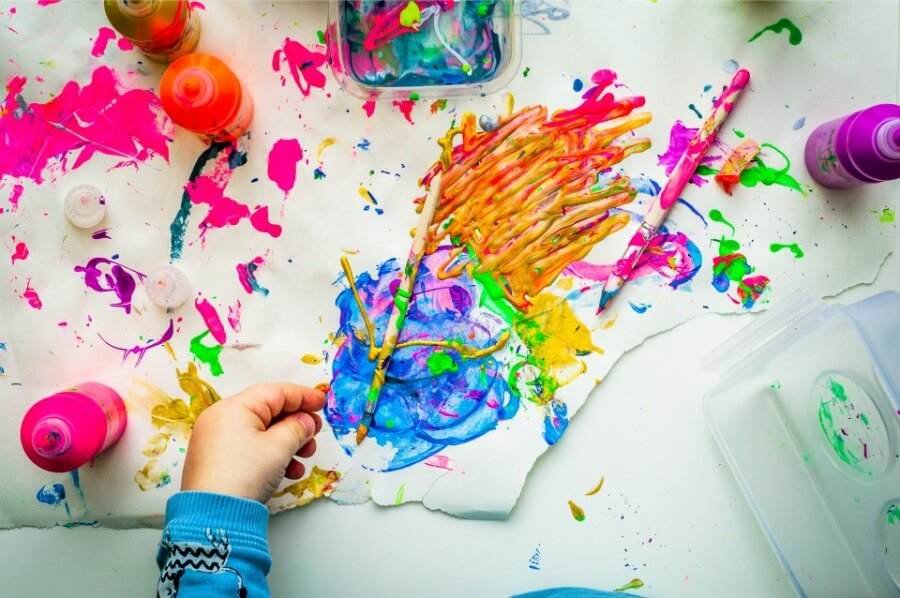
In the ever-evolving landscape of graphic design, the advent of creative automation tools, such as Pixelixe.com, has introduced a paradigm shift. These platforms promise to redefine efficiency, offering unprecedented scalability and speed. However, the integration of automation into a domain historically dominated by human creativity poses unique challenges. This article aims to dissect the complexities of creative automation in graphic design, highlighting the hurdles and strategizing effective navigation through these turbulent waters.
The Promise of Creative Automation
Creative automation embodies the technological leap towards automating design tasks that are repetitive or excessively time-consuming. This includes the generation of ad variations, image resizing for diverse platforms, and crafting initial design drafts based on predefined parameters. The allure of creative automation is its promise of efficiency and consistency, but its impact is far-reaching, affecting productivity, scalability, and accessibility.
Efficiency and Consistency
Creative automation’s primary advantage lies in its ability to boost productivity. By taking over routine tasks, designers can redirect their focus toward the creative aspects of their projects, fostering an environment where innovation thrives. Moreover, automation ensures a level of consistency challenging to achieve manually, critical for brands aiming for a unified identity across various platforms.
Scalability and Accessibility
Automation tools democratize design, enabling small businesses and solo entrepreneurs to produce quality visuals without a professional designer’s budget. This scalability is revolutionary, allowing small teams to compete with larger agencies. Furthermore, these tools enhance accessibility, opening up the design world to non-designers and fostering a more inclusive creative community.
The Challenges of Creative Automation
Despite the enticing benefits, the transition to automated processes is fraught with obstacles. These challenges range from the potential loss of creativity to the risk of overreliance on technology, each requiring careful consideration and strategic planning to overcome.
Loss of Originality and Creativity
A prevalent concern is that automation might lead to a homogenization of design, where outputs, dictated by algorithms and templates, lack the uniqueness only a human designer can impart. Preserving the essence of creativity within automated frameworks is a delicate endeavor, necessitating a thoughtful approach to tool usage and output customization.
Overreliance on Technology
The convenience of automation tools might tempt designers to lean too heavily on technology, potentially atrophying their design skills. This overreliance could limit designers’ ability to tackle complex, nuanced projects without the crutch of automation, hindering their growth and versatility.
Integration and Learning Curve
Incorporating new automation tools into established workflows can be met with resistance, particularly in teams accustomed to traditional methods. The learning curve associated with adopting new software can deter usage, negating the benefits of automation and, in some cases, introducing inefficiencies.
Navigating Through the Automation Landscape
Successfully integrating creative automation into the design process requires a nuanced approach, balancing the benefits of technology with the irreplaceable value of human creativity.
Balancing Automation with Human Creativity
The essence of navigating creative automation lies in leveraging technology to enhance rather than replace the creative process. Automation should be employed strategically, handling mundane tasks to free up designers for complex, creative endeavors. This balance ensures that automation acts as a complement to human creativity, not a substitute.
Continuous Learning and Skill Development
To counteract the potential skill degradation from overreliance on automation, designers must commit to continuous learning. This includes exploring new design trends, experimenting with emerging tools, and engaging in personal projects that challenge and refine their skills. Such proactive engagement ensures designers remain adaptable and innovative, regardless of technological advancements.
Strategic Implementation
Effective automation requires discernment in selecting tasks for automation, considering the value they add to the creative process. The choice of tools is equally critical, necessitating solutions that integrate smoothly with existing workflows and adapt to various project requirements. A strategic approach to automation ensures it serves as an asset rather than a hindrance.
Fostering a Culture of Innovation
Adopting automation tools successfully hinges on cultivating an environment that values innovation and adaptability. Encouraging experimentation, providing training for new tools, and recognizing both creativity and efficiency can foster a positive attitude towards automation. Such a culture views automation as an opportunity for growth, ensuring teams remain motivated and engaged.
Conclusion
Creative automation stands at the crossroads of opportunity and challenge for the graphic design industry. While offering the potential to revolutionize design processes, it also prompts concerns about creativity, skill development, and dependency on technology. Navigating these challenges demands a balanced approach, where automation complements rather than supplants human creativity, ensuring the continued evolution and relevance of the graphic design profession in the digital age.
Through strategic implementation, continuous skill development, and fostering a culture of innovation, designers and businesses can harness the full potential of creative automation. This balanced approach promises not only to maintain the quality and originality of design work but also to unlock new possibilities for efficiency and creativity in the ever-evolving landscape of graphic design tools.